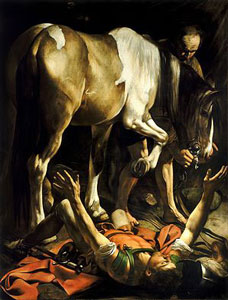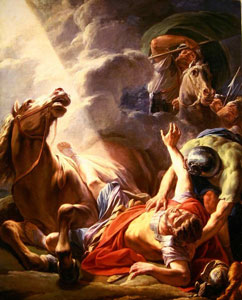
From the Diocese of West Missouri
“Black History Month is an annual celebration of the heritage and Americans have played in our country throughout U.S. history.
“If you don’t already know about prominent figures such as Madam C.J. Walker, who was the first U.S. woman to become a self-made millionaire; George Washington Carver, who derived nearly 300 products from the peanut; Rosa Parks, who sparked the Montgomery Bus Boycott and galvanized the civil rights movement; and Shirley Chisholm, who was the first African American woman elected to the U.S. House of Representatives, this is a month long opportunity to learn more!
“Black History Month began as an initiative by Carter G. Woodson, a brilliant and highly accomplished son of slaves, to honor the heritage and achievements of African Americans with a week-long celebration in 1926. Then, in 1976, President Gerald Ford designated February as Black History Month, urging all Americans to “seize the opportunity to honor the too-often neglected accomplishments of Black Americans in every area of endeavor throughout our history.”
“Reasons we should all, regardless of our own heritage, celebrate Black History Month! It celebrates diversity and honors all people. It unites us to be reminded that black history is our history. It takes us beyond the history books and helps us understand the importance of our stories. It helps us be better stewards of our privileges. To quote J. Tisby, “Racial and ethnic diversity is an expression of God’s manifold beauty. No single race or its culture can comprehensively display the infinite glory of God’s image, so we have been given our differences to help us appreciate God’s splendor from various perspectives.”
Now for a quiz! The Diocese of West Missouri provided a page of quotes that celebrate the month. You have to guess the author, however. But don’t despair, flip the page and you have the answer! Link to the quotes:











